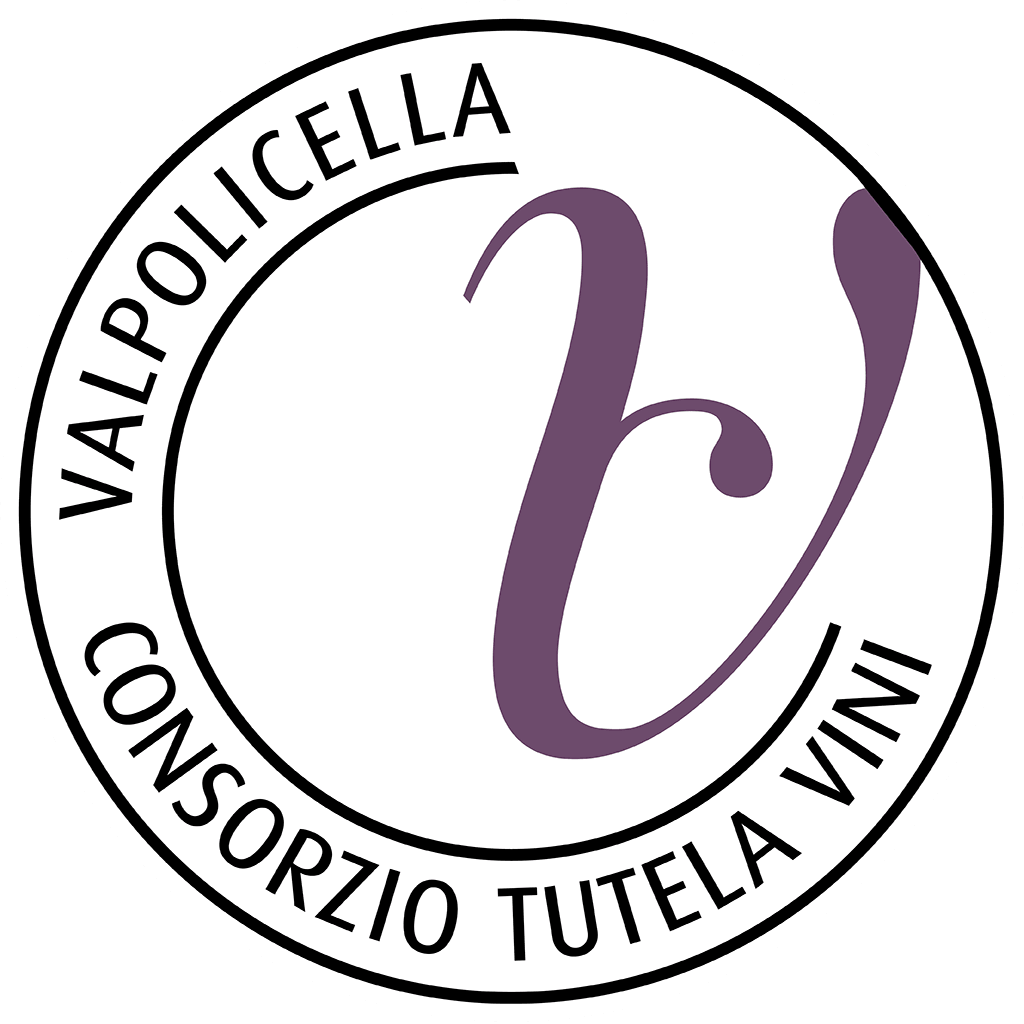Amarone della Valpolicella DOCG Appellation
Protected Designation of Origin (PDO)


“Amarone della Valpolicella” boasts an ancient history that begins in the fourth century after Christ. Cassiodorus , minister of Theodoric, king of the Visigoths, in a letter to the landowners of Valpolicella asked to have for the royal table the wine obtained with a special technique of drying the grapes, called Acinatico and defined “winter must, cold blood of grapes ”, the first ancestor of the“ Amarone della Valpolicella ”wine.
Traces of the predilection for this wine and for the grapes that produce it can also be found in the Edict of Rotari which established very severe penalties for those who damaged the vines and high fines for those who stole the grapes.
For the years following 1000 AD, not only is there a trace of some deeds of purchase and sale of vineyards in the production area of “Amarone della Valpolicella”, but the wine was considered on a par with the money to pay the feudal rights.
In the following centuries the presence of “Amarone della Valpolicella” continues in official documents and in the writings of the humanists. An estimate of 1503 attests that the production area of “Amarone della Valpolicella” was a rich and famous valley thanks to its wines. Fame that continued until the Enlightenment period when Scipione Maffei in an important text proposed the term “amaro” to indicate the wine “of a particular grace produced in Valpolicella”.
Many other writers and scholars have been interested in this wine in the following centuries to arrive at the first organoleptic analyzes on this wine reported in the bulletin of the experimental agricultural station of Verona in the late 1800s.
The first examples of unlabeled Amarone bottles arrived only in the early twentieth century for family use or for friends. While the first marketing of a bottle of “Amarone della Valpolicella” dates back to 1953. A decade later, thanks to the delimitation of the production area and the progress of the production and vinification techniques of the”Amarone della Valpolicella” wine, in 1968 we reached ‘official approval of the first production specification and recognition of the DOC.
In order to protect the identity of the different typologies included in the denomination “Valpolicella”, “Valpolicella Ripasso”, “Recioto della Valpolicella” and “Amarone della Valpolicella”, specific ministerial decrees were adopted in 2010 with which the four typologies were made autonomous.
The DOCG Amarone della Valpolicella wine obtained the recognition of the Controlled and Guaranteed Designation of Origin on 24 March 2010.
Territory
The geographical area dedicated to the production of the DOCG Amarone della Valpolicella wine extends over the entire piedmont area of the province of Verona almost to the border with the province of Vicenza, whose territory is adequately ventilated, bright and favorable to the fulfillment of all vegetative-productive functions of the vineyards.
The Production Area of the DOCG Amarone della Valpolicella wine is located in the province of Verona and includes the territory of the municipalities of Marano, Fumane, Negrar, S. Ambrogio, S. Pietro in Cariano, Dolcè, Verona, S. Martino Buon Albergo, Lavagno, Mezzane, Tregnago, Illasi, Colognola ai Colli, Cazzano di Tramigna, Grezzana, Pescantina, Cerro Veronese, S. Mauro di Saline and Montecchia di Crosara.
Vinification and Aging
During the vinification phases, only loyal and constant oenological practices of the area are allowed, suitable to give the wines their particular quality characteristics.
The oenological practices of vinification of the DOCG Amarone della Valpolicella wine include, among other things, that:
The maximum yield of grapes in DOCG Amarone della Valpolicella wine must not exceed 40%; if these parameters are exceeded, the excess will not be entitled to the DOCG.
The grapes destined for the production of the DOCG Amarone della Valpolicella wine must be subjected to natural drying in lofts until they reach an alcoholic strength of at least 14 °.
The DOCG Amarone della Valpolicella wine must be aged for at least 24 months before being released for consumption.
The DOCG Amarone della Valpolicella wine with the mention Riserva must be aged for at least 48 months.
In the designation of the DOCG Amarone della Valpolicella wines, the term ” Vigna ” may be mentioned as long as it is followed by the relative toponym and certain winemaking practices are respected.
On the labels of each type of DOCG Amarone della Valpolicella wine it is mandatory to report the year of production of the grapes.


